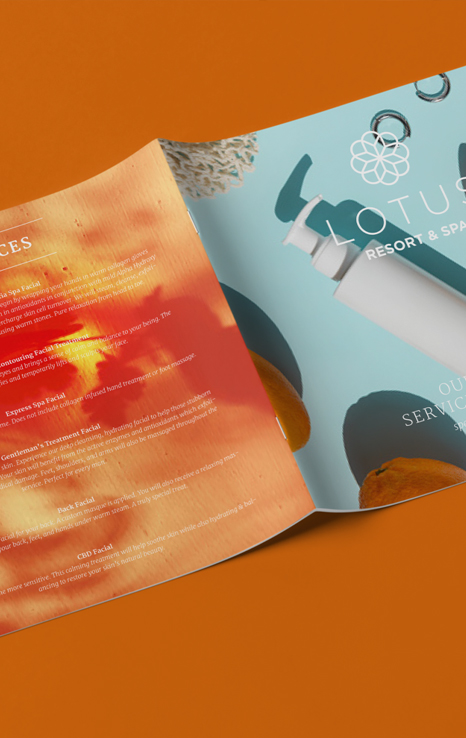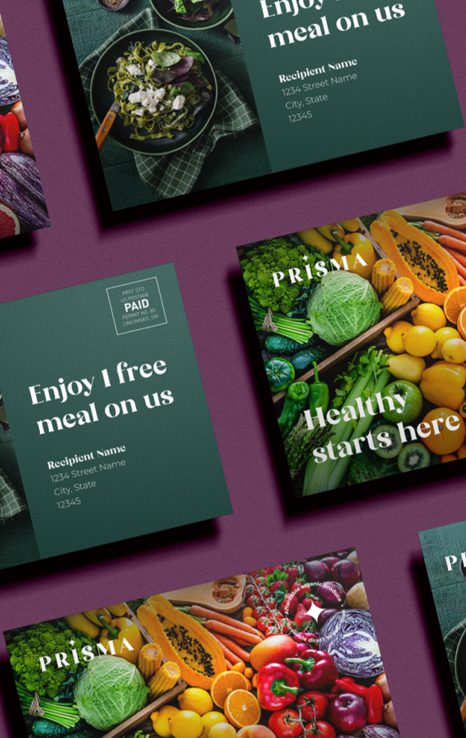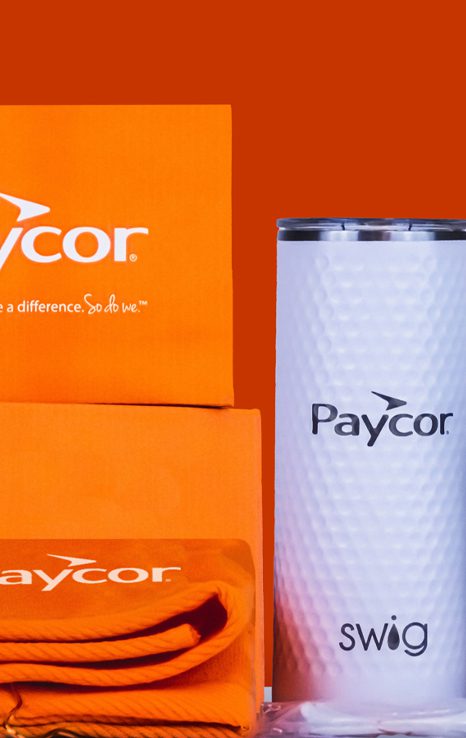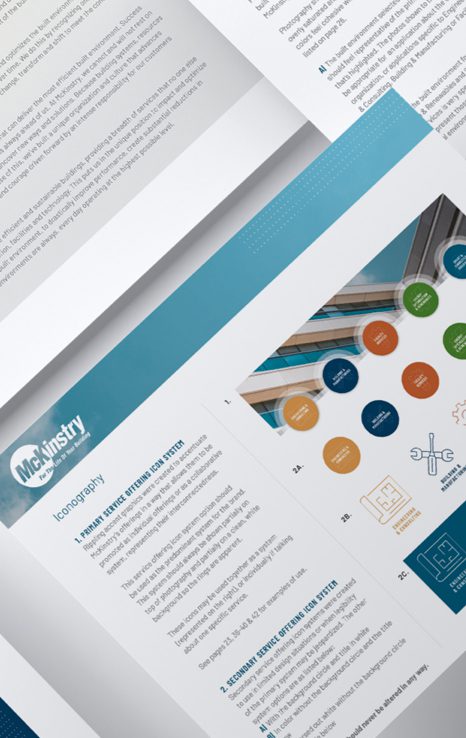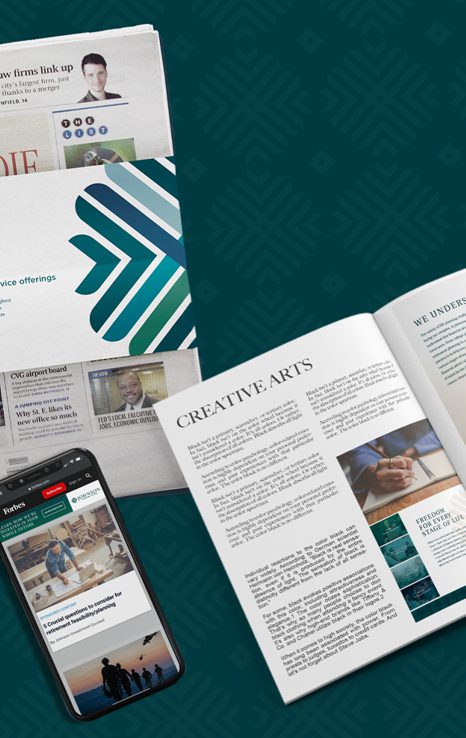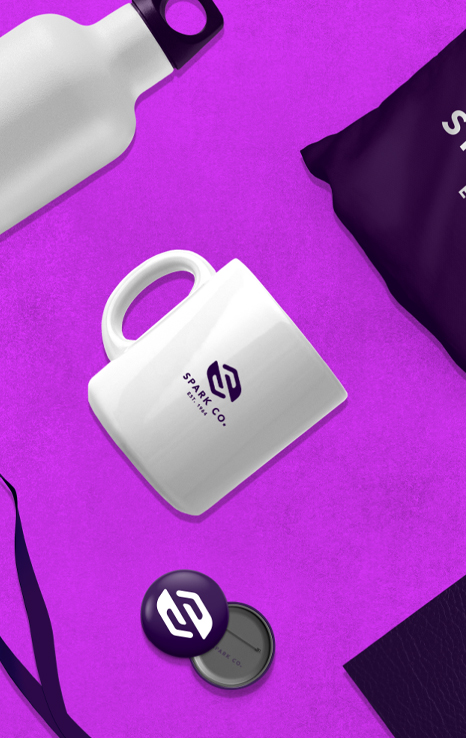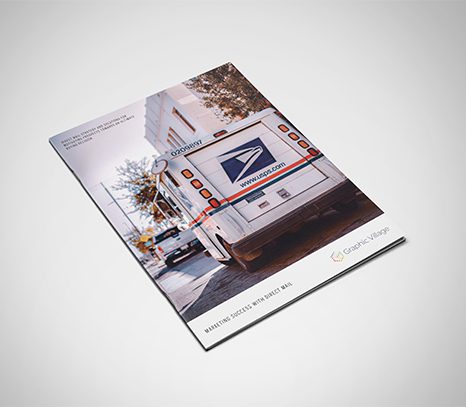Understanding buyer psychology is key to grabbing a consumers’ attention and moving them towards a buying decision. The 6 Principles of Marketing Persuasion by Dr. Robert Cialdini is one of the most influential models in this approach. Cialdini’s six principles – reciprocity, social proof, liking, commitment and consistency, authority and scarcity – can help boost results and get customers to act quickly.
Let’s take a quick look at each one:
- Reciprocity. The principle of reciprocity is when marketers offer something of value, such as a gift or sample, to customers right out of the gate. This triggers the natural desire of customers to give back in kind (reciprocity). It’s why nonprofits put personalized notepads and address labels in fundraising envelopes — because it works.
- Social proof. Social proof relies on peer influence to increase credibility and trust among potential customers. This could include customer testimonials, displaying reviews or ratings, showing celebrity endorsements, or featuring influencer posts.
- Liking. The principle of “liking” states that people are more likely to comply with the requests of someone they like or identify with. For example, popular influencers sharing their experiences and stories about using a company’s products is more likely to resonate with customers than regular advertisements.
- Commitment and Consistency. People want their beliefs to be consistent with their values. If buyers see themselves as good parents, for example, they are more likely to respond to messaging that positions them this way. “As a great mom, you know how important it is to…”
- Authority. Authority uses the demonstration of expertise and thought leadership to inspire trust in customers. Authority can be established through external sources such as press coverage or third-party endorsements. It can also be established through internal content like blogs, whitepapers, case studies, or interviews. By building authority, businesses can create credibility and increase the likelihood of customers responding to offers.
- Scarcity. People want something more when it’s in short supply, and are more likely to act quickly. This is why marketers use messaging such as “Offer by invitation only!” or “Only for a limited time!” Offering free shipping if shoppers order within the next 20 minutes can increase checkouts by up to 300%.
These are essential principles, but it may take some testing until you get the messaging right. Subtle changes can make a big difference, so be patient. Keep testing until you get a winner.












